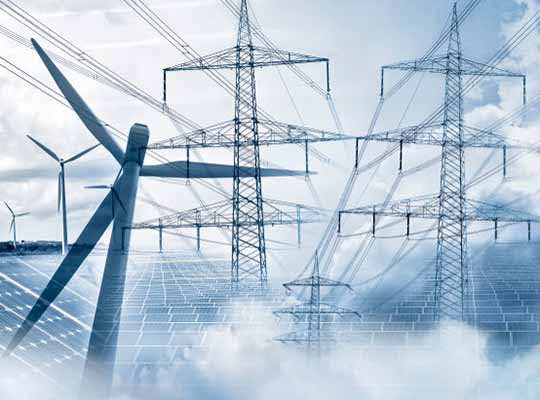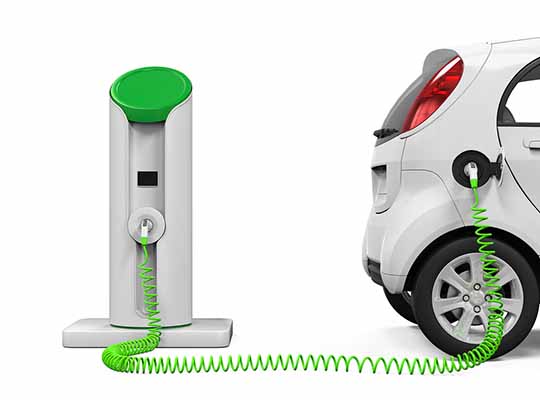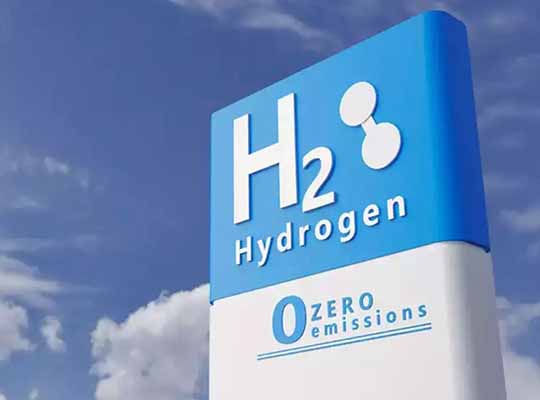WALTHAM, Mass. – Proactive planning and coordination will be needed to enable the electrification of large fleet vehicles, such as buses and delivery trucks, and meet their charging needs, according to a new study conducted by National Grid and Hitachi ABB Power Grids.
States and businesses are looking to electrify delivery, maintenance, and public transportation fleets in the coming years to reduce greenhouse gas emissions and local pollution. The study evaluates potential charging needs from large-scale fleet electrification and calls for coordinated planning among utilities, fleet operators, and state and local governments to meet those needs.
“The electrification of fleets of vehicles, such as delivery vans and buses, offers a big bang for our buck in the fight to reduce emissions and decarbonize our transportation sector,” said Brian Gemmell, Chief Clean Energy Development Officer at National Grid. “This study demonstrates why it’s important that we work together with our communities, state, local, and business stakeholders to prepare for the electrification of medium- and heavy-duty vehicles, and why we need to start now to ensure the clean fleet transition progresses at the pace needed to meet decarbonization goals.”
As businesses and local governments move to decarbonize, the transition toward electrification of commercial vehicle fleets is seen as a huge element of net-zero strategies. National Grid and Hitachi ABB Power Grids’ study, “The Road to Transportation Decarbonization: Understanding Grid Impacts of Electric Fleets,” was undertaken to understand the charging needs of electric medium- and heavy-duty vehicles (MHDVs), such as buses, package delivery vans, freight trucks, and others, and how electric fleets might impact the electricity grid.
“The shift toward electric vehicles is one of the most critical steps in the broader evolution toward a carbon-neutral energy system,” said Anthony Allard, Executive VP and Head of North America for Hitachi ABB Power Grids. “Strong collaborations with key partners in the energy ecosystem, such as this study with National Grid, will help ensure that we are prepared to accelerate this transition and meet our sustainability goals, while maintaining the flexibility and resiliency of the grid.”
Electrification of fleet vehicles is a significant opportunity to quickly reduce carbon emissions and provide other environmental benefits. In states like New York and Massachusetts, fleet vehicles like trucks and buses make up 3 to 4 percent of vehicles but around a quarter of on-road emissions. In addition, electrification provides access to clean public transportation, including in disadvantaged and environmental justice communities, and reduces local air pollution (such as particulates) and noise pollution.
National Grid and Hitachi ABB Power Grids focused the study on a major northeast metro region in the United States, seeking to understand how differences in fleet locations, use patterns, fleet sizes, and other factors impact fleet operators’ charging needs. The study also explored how resulting electric demand could affect specific portions of the electric distribution and transmission system. The study identified more than 50 fleets operating in the metro area, analyzed their potential charging behavior and power needs, and mapped them to actual electric distribution lines and substations.
The study reveals that portions of the electric grid could eventually be overloaded by these large vehicles’ charging needs if system upgrades or alternative solutions are not progressed in tandem with electric MHDV adoption. This is particularly true where vehicle fleets are “clustered” in certain areas (for instance, one distribution feeder might eventually support at least 10 electrified fleets and over 400 electric MHDVs).
Importantly, the study recommends that critical stakeholders – utilities, system operators, fleet operators and policymakers – act now to begin forecasting and planning for the medium- and long-term impacts of fleet electrification, and to develop least-cost, least-regrets solutions. The study suggests that solutions consider an “end-to-end” approach: transmission, distribution, and distributed resources, in addition to managed charging programs.













